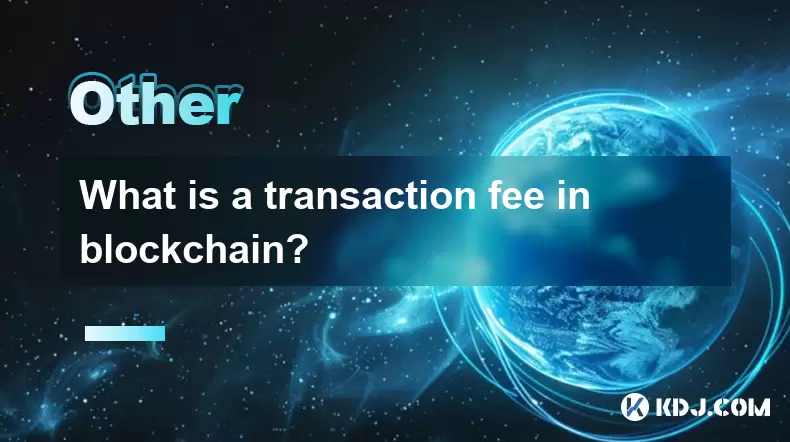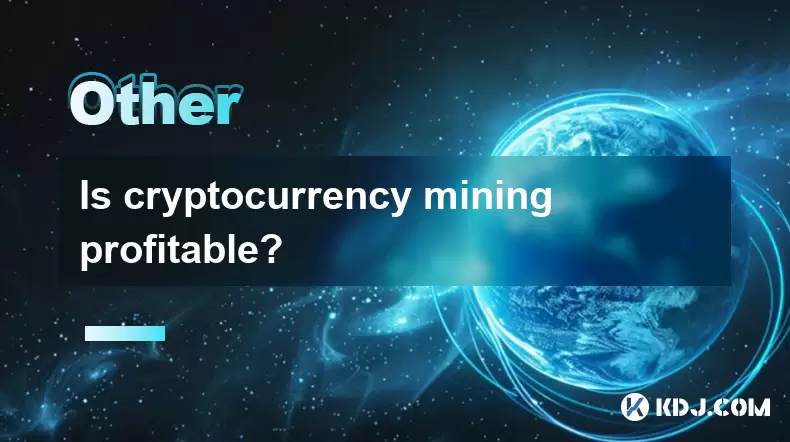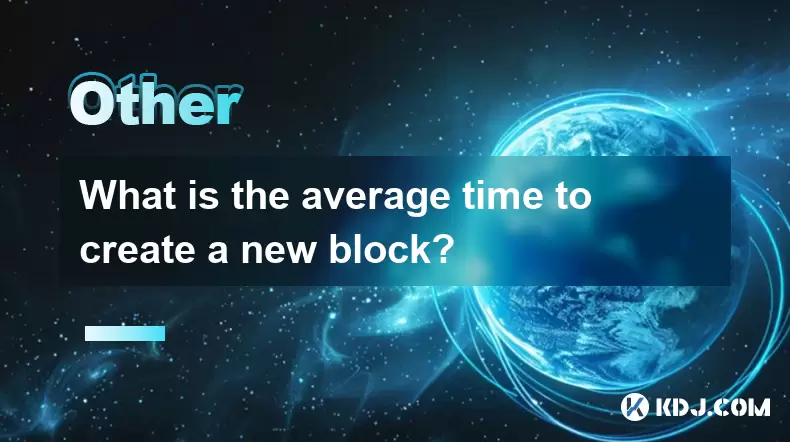-
 Bitcoin
Bitcoin $116700
0.24% -
 Ethereum
Ethereum $3973
4.34% -
 XRP
XRP $3.283
7.68% -
 Tether USDt
Tether USDt $1.000
0.01% -
 BNB
BNB $789.8
2.27% -
 Solana
Solana $176.2
3.31% -
 USDC
USDC $0.9999
0.00% -
 Dogecoin
Dogecoin $0.2238
5.14% -
 TRON
TRON $0.3389
-0.51% -
 Cardano
Cardano $0.7907
4.03% -
 Stellar
Stellar $0.4527
10.02% -
 Hyperliquid
Hyperliquid $41.07
4.27% -
 Sui
Sui $3.794
1.77% -
 Chainlink
Chainlink $19.49
10.40% -
 Bitcoin Cash
Bitcoin Cash $580.9
0.74% -
 Hedera
Hedera $0.2617
4.32% -
 Avalanche
Avalanche $23.41
3.67% -
 Ethena USDe
Ethena USDe $1.001
-0.03% -
 Litecoin
Litecoin $122.4
1.38% -
 Toncoin
Toncoin $3.364
1.49% -
 UNUS SED LEO
UNUS SED LEO $8.988
0.37% -
 Shiba Inu
Shiba Inu $0.00001295
2.82% -
 Uniswap
Uniswap $10.62
5.75% -
 Polkadot
Polkadot $3.922
4.46% -
 Dai
Dai $1.000
0.01% -
 Bitget Token
Bitget Token $4.494
2.15% -
 Monero
Monero $268.0
-1.30% -
 Cronos
Cronos $0.1523
3.68% -
 Pepe
Pepe $0.00001127
4.43% -
 Aave
Aave $285.4
4.85%
What is a transaction fee in blockchain?
Blockchain transaction fees incentivize miners or validators to confirm transactions, with costs varying based on network demand and transaction size.
Aug 08, 2025 at 09:21 pm

Understanding the Basics of Blockchain Transaction Fees
A transaction fee in blockchain is a small amount of cryptocurrency paid by a user to process and confirm a transaction on a blockchain network. These fees are essential for maintaining the functionality and security of decentralized networks. When a user sends cryptocurrency—such as Bitcoin or Ethereum—from one wallet to another, the transaction must be verified and added to a block in the blockchain. This process is carried out by network participants known as miners in proof-of-work systems or validators in proof-of-stake systems. The fee acts as an incentive for these participants to prioritize and include the transaction in the next available block.
The amount of the transaction fee is not fixed and often depends on network congestion. During periods of high demand, more users are trying to send transactions, which increases competition for limited block space. As a result, users may choose to pay higher fees to ensure their transactions are processed quickly. The fee is typically calculated based on the size of the transaction in bytes and the current network demand. Smaller transactions with fewer inputs require less data and thus incur lower fees.
How Transaction Fees Are Calculated
Transaction fees are generally determined using a formula that considers transaction size and network congestion. The size of a transaction is influenced by factors such as the number of inputs and outputs, the type of wallet used, and whether advanced features like multi-signature addresses are involved. For example, a transaction that pulls funds from multiple previous transactions (inputs) will be larger in data size and therefore cost more to process.
Most blockchain wallets and platforms display estimated fees in units such as satoshis per byte (for Bitcoin) or gwei per gas (for Ethereum). Users can often adjust these values manually. A higher fee per byte or gas increases the likelihood that miners or validators will include the transaction in the next block. Wallets usually offer three options: low, medium, and high priority. Selecting a high-priority option means paying a higher fee for faster confirmation.
To calculate the total fee:
- Determine the transaction size in bytes
- Check the current recommended fee rate (in sat/byte or gwei/gas)
- Multiply the size by the rate to get the total fee
For instance, if a Bitcoin transaction is 250 bytes and the network fee is 50 satoshis per byte, the total fee would be 12,500 satoshis.
The Role of Miners and Validators
In both proof-of-work and proof-of-stake blockchains, miners and validators play a crucial role in processing transactions. They are responsible for collecting pending transactions from the mempool (a holding area for unconfirmed transactions), verifying their legitimacy, and bundling them into blocks. Once a block is successfully added to the blockchain, the miner or validator receives two types of rewards: the block reward (newly minted coins) and the accumulated transaction fees from all transactions in that block.
Because block space is limited—Bitcoin blocks are capped at 1 MB (or 4 MB with SegWit), and Ethereum has a gas limit per block—there is a natural competition among transactions. Miners and validators are economically rational; they will prioritize transactions with higher fees to maximize their earnings. This creates a market-driven fee system where users effectively bid for inclusion in the next block.
It is important to note that transaction fees are not collected by the blockchain protocol itself but are sent directly to the entity that secures the network. In this way, fees serve as a long-term sustainability mechanism, especially as block rewards decrease over time through events like Bitcoin’s halving.
How to Set and Adjust Fees in Wallets
Most cryptocurrency wallets provide users with control over transaction fees. Understanding how to adjust these settings can help users balance cost and speed. The process varies slightly depending on the wallet, but the general steps are consistent.
To set a custom transaction fee:
- Open your cryptocurrency wallet (e.g., Electrum, MetaMask, Trust Wallet)
- Initiate a new transaction by entering the recipient’s address and amount
- Look for an option labeled "Advanced Settings", "Customize Fee", or "Network Fee"
- Choose between automatic fee estimation or manual input
- If setting manually, enter the desired fee rate (e.g., 30 sat/byte for Bitcoin or 20 gwei for Ethereum)
- Review the estimated confirmation time and total fee
- Confirm and broadcast the transaction
Some wallets, like Ledger Live or Exodus, simplify this process by offering sliders or preset speed options. Others, such as command-line tools or full node wallets, require more technical knowledge but offer greater precision. Always double-check the fee before confirming, as fees are non-refundable once the transaction is broadcast.
Differences in Fee Structures Across Blockchains
Not all blockchains handle transaction fees in the same way. Bitcoin uses a fee model based on transaction size in bytes. Its fee market is highly competitive, especially during peak usage. Ethereum, on the other hand, uses a gas-based system, where each operation in a transaction consumes a certain amount of gas, and users set a gas price in gwei. The total fee is the product of gas used and gas price.
Newer blockchains like Solana or Cardano have different approaches. Solana charges minimal fees (around 0.000005 SOL) and uses a fixed fee model with dynamic adjustments. Cardano uses a formula based on transaction size and computational resources. Layer-2 solutions such as the Lightning Network (for Bitcoin) or Polygon (for Ethereum) drastically reduce fees by processing transactions off-chain and settling them later on the main blockchain.
Understanding these differences is crucial when choosing which network to use for a transaction, especially when comparing cost, speed, and finality.
Frequently Asked Questions
Can a transaction be confirmed without paying a fee?
In most cases, no. While some blockchains allow zero-fee transactions under low congestion, miners and validators typically ignore such transactions. They prioritize those with higher fees, so a zero-fee transaction may remain stuck in the mempool indefinitely.
What happens if I set the fee too low?
A low fee means your transaction may take a long time to confirm—or not get confirmed at all. It will stay in the mempool until a miner picks it up, which could take hours or even days during busy periods. Some wallets allow Replace-by-Fee (RBF), letting you increase the fee later to speed it up.
Are transaction fees the same for sending and receiving?
Yes. The fee is paid by the sender regardless of whether they are sending or receiving funds. Receiving cryptocurrency does not cost anything for the recipient. The sender covers the network fee to initiate the transfer.
Do all wallets show accurate fee estimates?
Most reputable wallets pull real-time data from blockchain APIs and provide accurate estimates. However, during sudden spikes in network activity, estimates may become outdated quickly. For critical transactions, using a blockchain explorer or fee tracker site like mempool.space or Etherscan can offer more precise insights.
Disclaimer:info@kdj.com
The information provided is not trading advice. kdj.com does not assume any responsibility for any investments made based on the information provided in this article. Cryptocurrencies are highly volatile and it is highly recommended that you invest with caution after thorough research!
If you believe that the content used on this website infringes your copyright, please contact us immediately (info@kdj.com) and we will delete it promptly.
- Bitcoin, Litecoin, and Avalanche: Decoding the Crypto Buzz in the Big Apple
- 2025-08-09 00:30:12
- Pengu Takes Flight: Can This Solana Meme Coin Conquer the Top 3?
- 2025-08-09 00:50:13
- Ethereum and Shiba Inu: Navigating the Bull Move
- 2025-08-09 00:35:12
- Navigating the Crypto Market in 2025: Smart Decisions for Meme Coin Investing
- 2025-08-09 00:55:55
- Punisher Coin: The Altcoin Ready to Punish Your Portfolio with Gains?
- 2025-08-08 22:50:16
- Mutuum Finance, Bitcoin Whales, and Binance: Decoding the Crypto Currents
- 2025-08-08 22:30:11
Related knowledge

What is a transaction fee in blockchain?
Aug 08,2025 at 09:21pm
Understanding the Basics of Blockchain Transaction FeesA transaction fee in blockchain is a small amount of cryptocurrency paid by a user to process a...

Is cryptocurrency mining profitable?
Aug 09,2025 at 01:28am
Understanding Cryptocurrency Mining BasicsCryptocurrency mining is the process by which new digital coins are introduced into circulation and transact...

What is the purpose of a nonce in mining?
Aug 04,2025 at 05:56pm
Understanding the Role of a Nonce in Cryptocurrency MiningIn the world of cryptocurrency mining, the term nonce stands for 'number used only once.' Th...

Can data on a blockchain be deleted?
Aug 05,2025 at 04:00am
Understanding Blockchain ImmutabilityThe core principle behind most blockchain systems is immutability, which means that once data is recorded onto th...

What is the difference between on-chain and off-chain transactions?
Aug 02,2025 at 04:22pm
Understanding On-Chain TransactionsOn-chain transactions refer to digital asset transfers that are recorded directly on a blockchain ledger. These tra...

What is the average time to create a new block?
Aug 06,2025 at 09:21pm
Understanding Block Creation in Blockchain NetworksThe average time to create a new block varies significantly depending on the specific blockchain pr...

What is a transaction fee in blockchain?
Aug 08,2025 at 09:21pm
Understanding the Basics of Blockchain Transaction FeesA transaction fee in blockchain is a small amount of cryptocurrency paid by a user to process a...

Is cryptocurrency mining profitable?
Aug 09,2025 at 01:28am
Understanding Cryptocurrency Mining BasicsCryptocurrency mining is the process by which new digital coins are introduced into circulation and transact...

What is the purpose of a nonce in mining?
Aug 04,2025 at 05:56pm
Understanding the Role of a Nonce in Cryptocurrency MiningIn the world of cryptocurrency mining, the term nonce stands for 'number used only once.' Th...

Can data on a blockchain be deleted?
Aug 05,2025 at 04:00am
Understanding Blockchain ImmutabilityThe core principle behind most blockchain systems is immutability, which means that once data is recorded onto th...

What is the difference between on-chain and off-chain transactions?
Aug 02,2025 at 04:22pm
Understanding On-Chain TransactionsOn-chain transactions refer to digital asset transfers that are recorded directly on a blockchain ledger. These tra...

What is the average time to create a new block?
Aug 06,2025 at 09:21pm
Understanding Block Creation in Blockchain NetworksThe average time to create a new block varies significantly depending on the specific blockchain pr...
See all articles

























































































